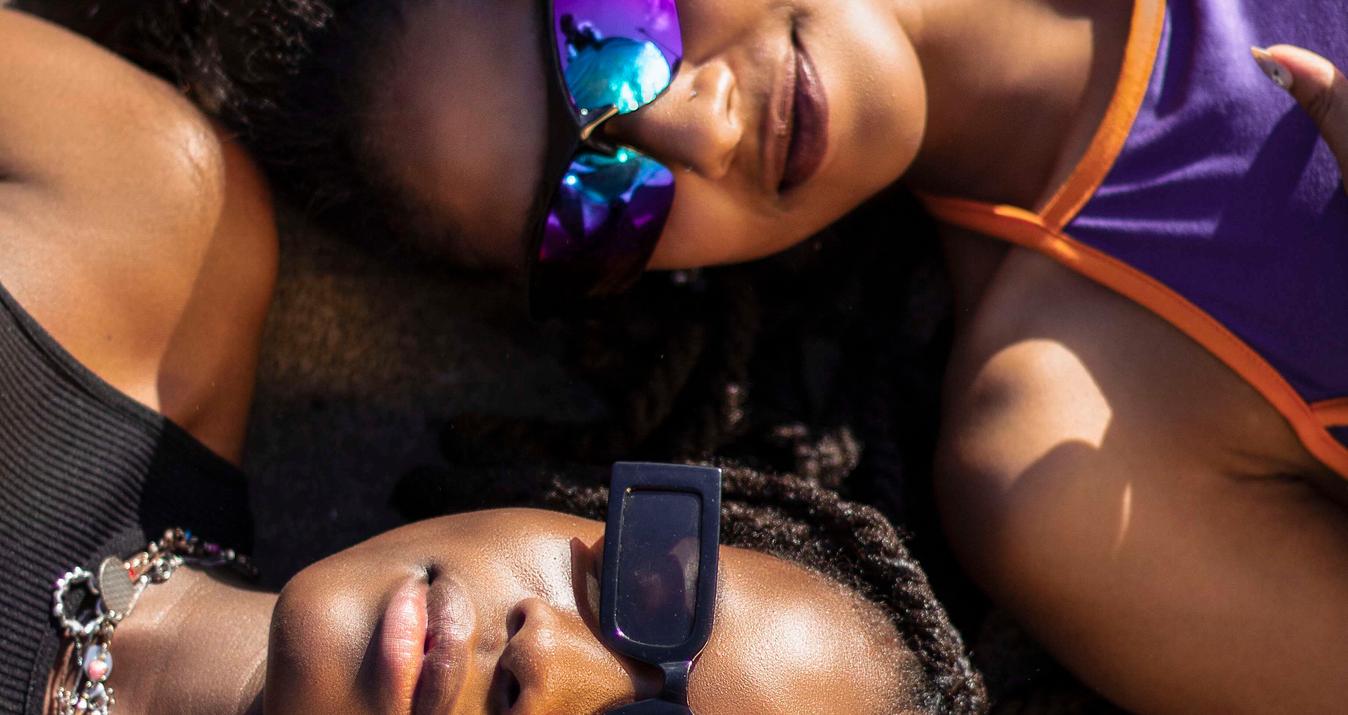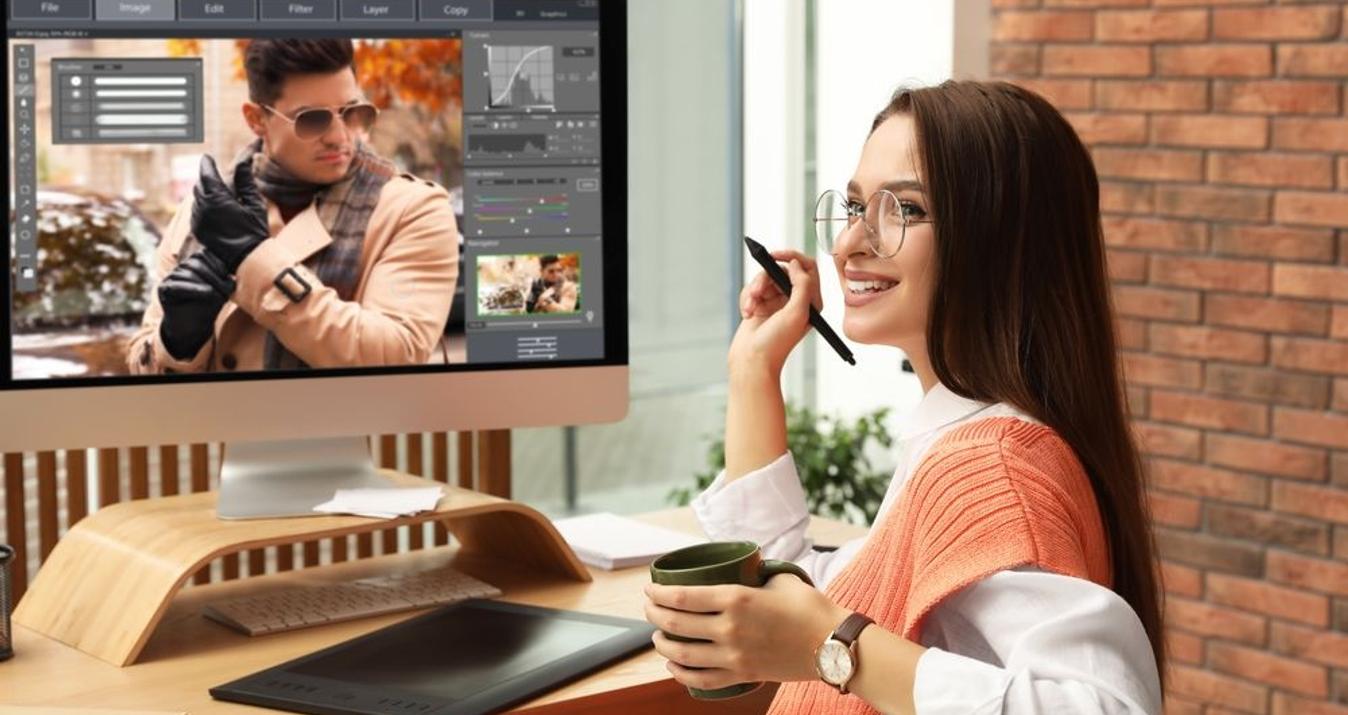Get the Best-looking Christmas Lights in Your Photos
All I want for Christmas is… to have the happiest memories! But when it comes to capturing the holiday moments, shooting white Christmas lights can be tricky. No worries. Whether you want to shoot blacklight string lights, vintage hanging bulbls, indoor, or outdoor lights, we know the technique. Here are tips and cool photo effects to make your pictures beautiful this Christmas.
How to shoot outdoor Christmas lights background
1. Take photos at dusk. This will bring you a charming atmosphere glowing with vivid background colors, from yellows and whites to blues and reds. Plus, the background will remain visible, adding brightness instead of overwhelming darkness beside the outdoor Christmas lights. Remember that shots taken during daylight hours won’t reveal the beauty of the lights (unless the day is dark). Feel free to experiment a bit when taking your photos this time of the year.

2. Use a tripod. Without a tripod, you’ll definitely sacrifice image quality. It can be uncomfortable to take a tripod with you, but it will dramatically improve your photographs. Low-light Christmas scenes require slow shutter speeds. But a shutter speed under 1/60 can result in blurred lights background if you’re holding the camera in your hands. You’ll take your best pictures with a shutter speed between 1 and 1/60 of a second. Don’t forget to adjust your f-stop accordingly.

3. Keep the flash off. Forget about using flash. It will spoil all your holiday photos, making them flat and uninteresting. Plus, the flash will mute the shimmering glow coming from your white Christmas lights. But if you want to capture your friend standing in the foreground, you will need flash. It will illuminate only your friend while keeping the shutter speed slow enough to catch the gleaming lights background.
4. Adjust your camera settings. Having the right camera settings is vital when shooting at dusk. When taking pictures, think about what your camera is doing:
- Use a low ISO (around 400). If your pictures are too dark, increase the ISO. But keep in mind that any bump to the ISO number will affect image quality (check out more details on how to get rid of noise in the article below).
- Set your aperture to f/8. Lower aperture numbers allow more light, and higher numbers allow less light.
- Go for an incandescent white balance (or Tungsten). The lights that you’re shooting are likely incandescent bulbs, so the Incandescent white balance will faithfully render the color of your lights.
- Regularly check your camera’s LCD. Your eye gets used to the changing light and therefore doesn’t perceive the light differences as well as your camera.
- Fill your frame. Fill the frame with everything you’re trying to capture. Include some negative space or reflective surfaces like snow, water, or a wet road. This will enhance your photos by producing Christmas light reflections.
- When the lights are blinking, increase your shutter speed to capture the full light cycle. If your camera is in shutter priority mode, don’t worry about altering other exposure settings.
- Use a timer or cable release. Even when you use a tripod, you can shake the camera when you press the shutter button. To prevent these fatal movements, set a delay on your phone or camera at around five seconds.
- Shoot in RAW. To get the most out of your images, shoot white Christmas lights in RAW with a DSLR or mirrorless camera. Firstly, the image quality will be much higher. Secondly, you’ll be able to bring out more detail in the highlights and shadows using a photo editor.
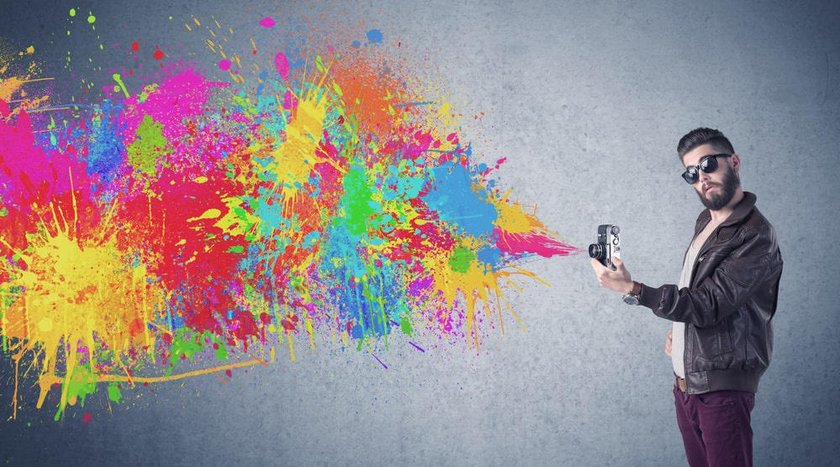
Reveal the full potential of your holiday images
Want to have unique, creative, and artistic Christmas photos? Use post-processing software. Luminar, for instance, performs miracles with contrast and focus. Here are some options you can choose in this truly amazing photo editing software.
5. Add a color splash effect with the HSL filter. Adjust hue, saturation, and luminosity. Or use Textures to replace your current background with another image. Just add a layer in Luminar and fit the background of your choice using the brush.
6. Play with portrait backgrounds. Luminar offers various techniques to fuel your creativity. Consider using Image Radiance, Soft Glow filters, LUTs, or the large collection of artistic Looks for many image types.
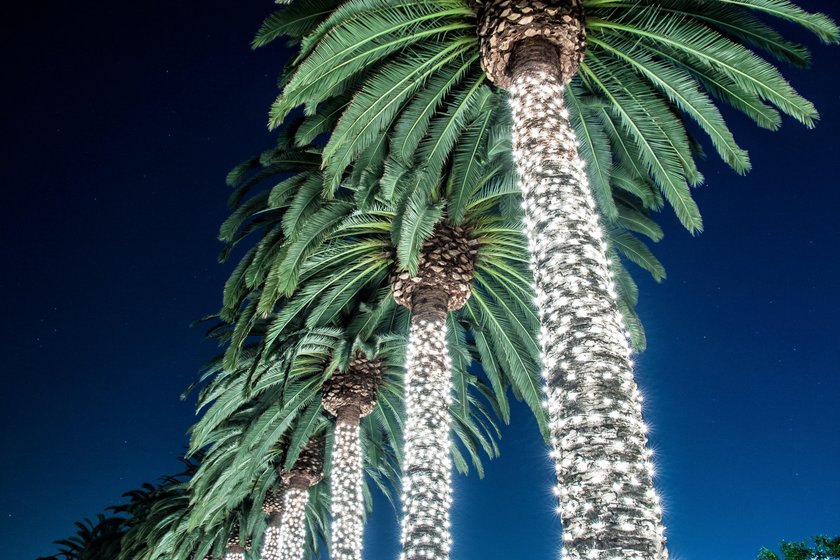
For those seeking more opportunities, Luminar offers various built-in plugins including Photoshop plugins, Aurora HDR ’19, Photolemur, Focus Mask, Keyboard Timer, LRB Exhibition, and LR/Gmail.
How to shoot indoor Christmas lights background
Photographing Christmas trees, candlesticks, picture lights and any other kind of interior light decoration can be more complicated than you think. Your camera can fail when struggling to adjust to the dark and grey background or to the shimmering bulbs. The bottom line: automatic settings don’t really work in this case.
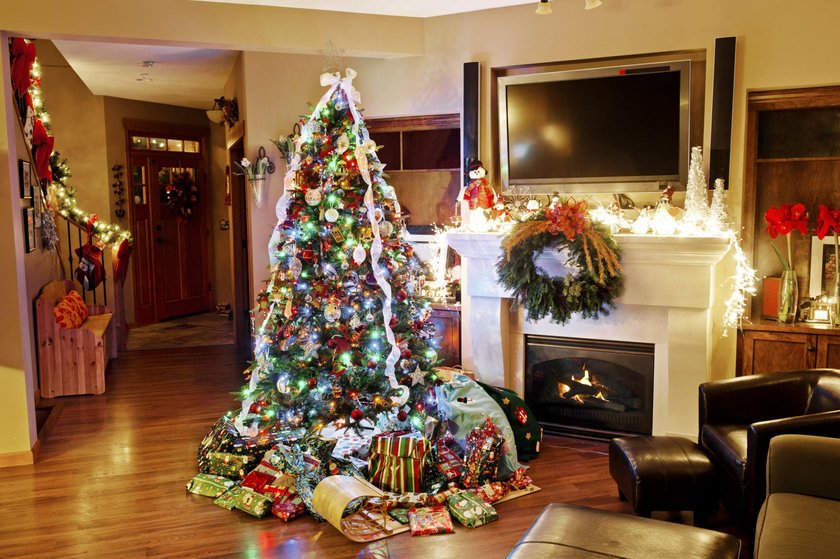
7 . Brighten the scene. Turn on the lights and bring additional lamps or any other light source into the room. This will lift your shadows and minimize the contrast that might confuse your camera.
8. Set a relatively low shutter speed. Because the shutter speed is slower, you’ll need a tripod (or table — whatever firm surface is at hand) to compose your shots. Note that these rules work for still life shots. As soon as people are involved, you’ll have to use alternative settings to cope with the unwanted motion.
9. Shoot with a shallow depth of field (DOF) to achieve that warm, romantic holiday atmosphere in your photos. A shallow depth of field means that there’s a really small distance between what’s in focus and what’s blurry. To get this look, be close enough to your subject with a long focal length and the right aperture settings. If your camera is in aperture priority mode, it will adjust ISO and shutter speed automatically to get the best exposure value.
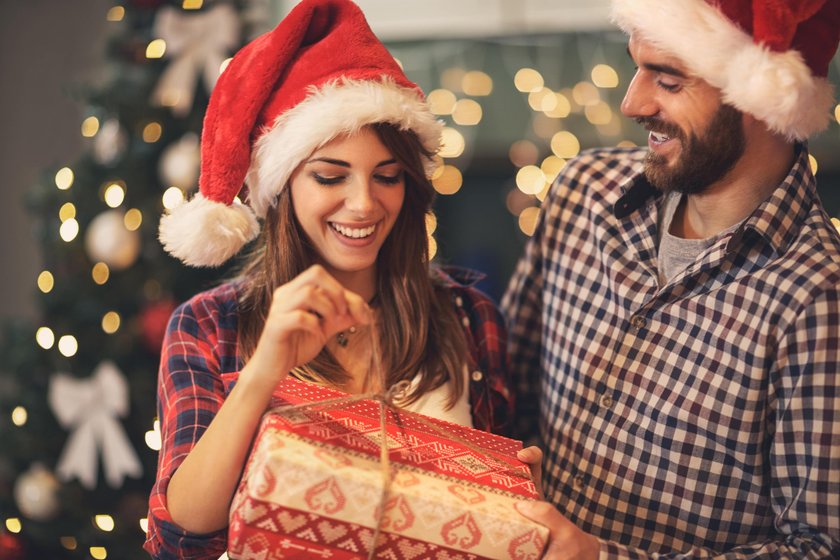
Beautify your photos with Christmas bokeh
Christmas bokeh is a favorite technique this time of year. Experiment and you’ll easily achieve the desired results. What you actually need are some Christmas lights and a camera with a wide-open aperture.
10. Shoot with the maximum available aperture. This will make the background (or foreground) be out of focus and the white Christmas lights turn into blurred balls.
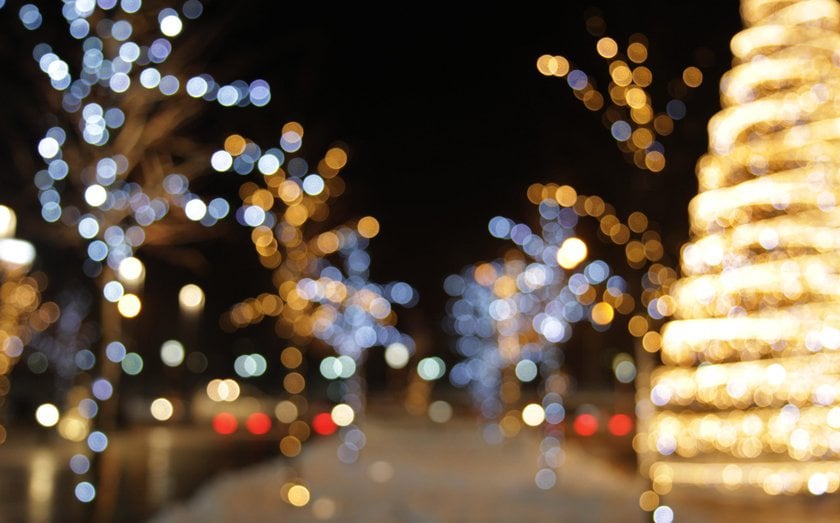
11. Make the blurred lights background bigger. Increase the distance between your subject in focus and the lights in your Christmas background. Moreover, you can transform these blurred light balls into hexagons or octagons – just close the aperture a bit.
The bokeh effect is particularly beneficial if you have somebody or something that should be in focus. Try this out with your friend, your cat, or any Christmas decoration. Play around!
Get rid of noise when shooting holiday lights
No matter how beautiful the composition of your Christmas photo is, digital noise can significantly affect the end result. Increasing the ISO to get faster shutter speeds will in turn increase the noise and cause multiple image problems. Decreasing the ISO doesn’t solve the problem.
Because digital cameras have a relatively poor dynamic range, their sensors only perceive a limited range of brightness. Anything beyond that range is recorded as total white or total black. So you get pictures without shadows or highlights.
Here are some ways to minimize the noise:
- Reduce noise with HDR photo editor. While some cameras have built-in noise reduction features, image editing tools offer good results. This means you can do both – test your camera’s options or tackle any problems later during post-processing.
- Shoot at twilight. Shooting at twilight gives you the brilliance of the lights while preserving details in the shadows. Revealing details in the shadows will help establish your composition. Check your camera’s guide for details on your white balance settings and how to fine-tune them.
- Turn on the light when shooting indoors. When shooting interior holiday lights, turn on a light to increase the ambient light rather than using flash. Flash can produce a harsh, high-contrast quality that drowns out the brilliance of the light. A carefully positioned incandescent lamp can enhance the ambient light without overpowering your festive lights.
- Shoot two exposures. One way to extend the tonal range of a digital image is to make two or more bracketed shots of a scene. Take several brackets. Then merge these shots using Aurora HDR. Aurora will balance extreme lighting, minimize the number of artifacts, and produce a natural looking image with realistic details. Note that this technique requires a tripod to ensure both exposures match perfectly.
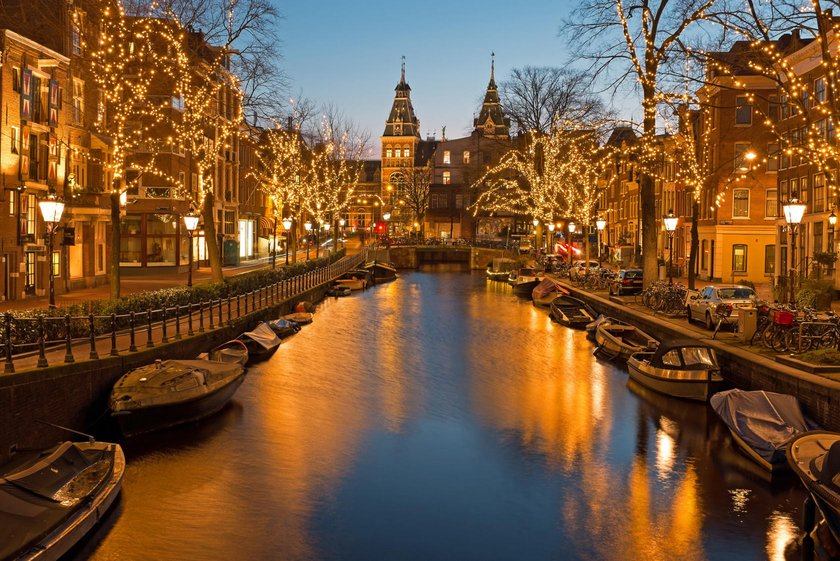
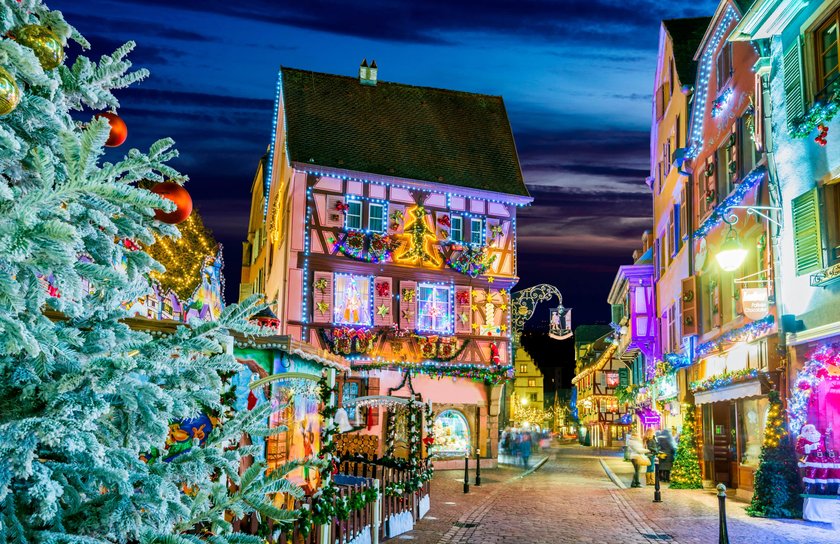
There are endless ways to photograph Christmas lights background. To be really good at photographing dark scenes, learn the properties of light, experiment, and take as many pictures as possible. But don’t be afraid to break the rules and come up with your authentic style. Good luck!
A Special Perk for Our Blog Readers
Get a 10% discount on Luminar Neo and dive into professional photo editing today!
Thank you for subscribing.
Your gift is waiting in your inbox!





